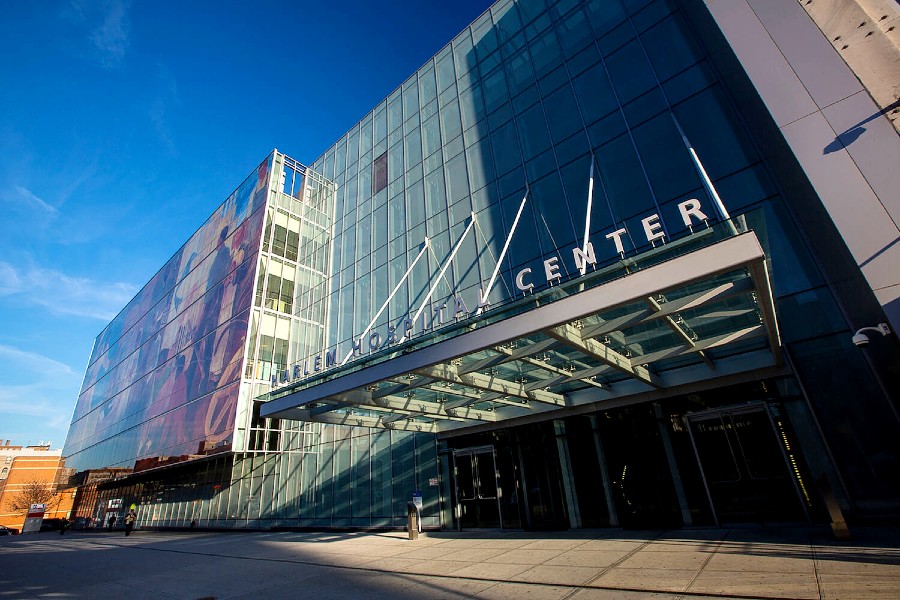
Living an active lifestyle is a pursuit of health and happiness. But with this zeal for movement and physical challenge often comes a companion we’d all prefer to live without – pain.
Whether you’re a seasoned athlete, a fitness enthusiast, or someone eager to start a regime of wellness, muscle and tissue pain can be an unwelcome hurdle on your path to wellness. What follows is not a quick fix, but a comprehensive guide to handling and understanding the intricacies of pain in your body’s core structure. We’ll deep-dive into the sophisticated ways muscles and tissues operate, the various reasons they might hurt, and most importantly, the correct ways to address and alleviate this discomfort.
Engage in Guided Physical Therapy Exercises
When muscles and tissues ache, it’s often a sign that they need attention, and sometimes, professional help. Engaging in guided physical therapy can offer an in-depth assessment of your physical condition and provide tailored exercises to improve strength, flexibility, and mobility. Physical therapists, whether your choice is physical therapy in Oakland or your local area, are masters at identifying imbalances, weaknesses, and sources of pain – in many cases, illustrating that the pain one feels is often not at the core of the issue. Exercises for physical therapy can vary greatly depending on the pain’s nature and location. For lower back pain, therapists might advise exercises to stabilize the core or to loosen tight hip flexors. Neck pain could be mitigated by specific posture improvements and exercises that strengthen the muscles supporting the spine. These exercises are invaluable. While the initial discomfort might persist for a short while, the long-term reduction in pain can be remarkable.
Apply Cold or Heat Therapy Appropriately
The timeless question of cold versus heat therapy endures, and for good reason—it’s essential to the management of muscle and tissue pain. Applying cold treatments, such as an ice pack, can be a quick and effective way to numb the area, reduce inflammation, and slow down nerve impulses that can prompt further pain. A general rule of thumb is to use cold therapy in the first 48 hours following injury. On the flip side, heat therapy increases blood flow, which can help to relax muscles and decrease stiffness. This might involve a warm shower, heating pads, or warm paraffin wax treatments. However, it’s critical to remember that heat should not be applied to acute injuries or areas that are already inflamed – doing so can increase swelling and pain.
Ensure Consistent Hydration
Hydration might seem a simplistic approach to combat complex pain, yet it is a foundational one. Proper hydration is critical for overall health and the health of your muscles and tissues. Water helps to restore the nutrient supply to tissues and helps to keep the body’s fluids in balance. When dehydrated, cells shrink, which can lead to muscle cramps and general muscle fatigue—both of which result in pain. Replenishing with water helps keep muscles and tissues lubricated, which is especially important when you’re physically active. The exact amount of water one needs can vary from person to person, but a good guideline is the standard “eight 8-ounce glasses a day.”
Practice Mindfulness and Stress-Reduction Techniques
There is a clear connection between our mental state and the experience of pain. Chronic stress and anxiety can exacerbate the perception of pain, making one feel it’s more intense than it might objectively be. Engaging in mindfulness practices such as meditation, deep breathing exercises, or yoga can alleviate stress and consequently, reduce the strain on muscles and tissues that is causing the pain. Mindfulness teaches that you have control over your responses to stimuli, which in the case of pain, can be a boon. By reducing the stress that muscles and tissues hold, the body can begin to heal itself more effectively. Mindfulness and stress-reduction techniques are not merely addressing symptoms—they are targeting the potential root of the issue.
Incorporate a Balanced Diet Rich in Anti-Inflammatory Foods
You are what you eat, as they say, and it’s hard to overstate the importance of a balanced diet in mediating muscle and tissue pain. Consuming foods rich in anti-inflammatory properties can go a long way in reducing pain naturally. Such foods include fatty fish, high in omega-3 fatty acids, which are known to alleviate inflammation; leafy greens, which provide vitamins crucial for muscle function and antioxidants that help to reduce oxidative stress; and fruits like berries, containing anthocyanins, another type of antioxidant with anti-inflammatory effects. In contrast, diets high in sugars, saturated fats, and processed foods can actually promote inflammation and delay recovery. Such diets not only undermine your performance but can also contribute to chronic pain and conditions. A balanced diet doesn’t just fuel your body—it serves as the foundation for a resilient and pain-resistant physique.
Muscle and tissue pain is a natural part of a life in motion, yet it need not be a permanent fixture. Addressing it properly is a blend of science and art, mixing the latest medical knowledge with the oldest lessons from the human body. By engaging in physical therapy, using cold and heat treatments judiciously, staying hydrated, managing stress, and consuming the right nutrients, you’re forging a path of genuine recovery. Remember, pain can be telling you something about your habits, your body’s condition, and your need for rest and care. Through these concerted efforts and a patient mindset, you’re not just addressing the pain, but actively investing in the longevity of your active lifestyle. Rome wasn’t built in a day, and your body’s resilience won’t be either. But just as the Romans laid firm foundations and built with care, you too can cultivate a robust framework, free from chronic aches and pains.
- Wells Fargo Shares Economic Impact From Open For Business Fund
- Harlem Rallies For Kamala Harris: A Historic Gathering Of Black Women Leaders
- In Conversation With Ketanji Brown Jackson At The Apollo Theater In Harlem
- Chancellor David C. Banks Appoints Simone Hawkins As Deputy Chancellor For Early Education
- Vibrant Summer Styles Are Making A Comeback 2024
Become a Harlem Insider!
By submitting this form, you are consenting to receive marketing emails from: Harlem World Magazine, 2521 1/2 west 42nd street, Los Angeles, CA, 90008, https://www.harlemworldmagazine.com. You can revoke your consent to receive emails at any time by using the SafeUnsubscribe® link, found at the bottom of every email. Emails are serviced by Constant Contact









